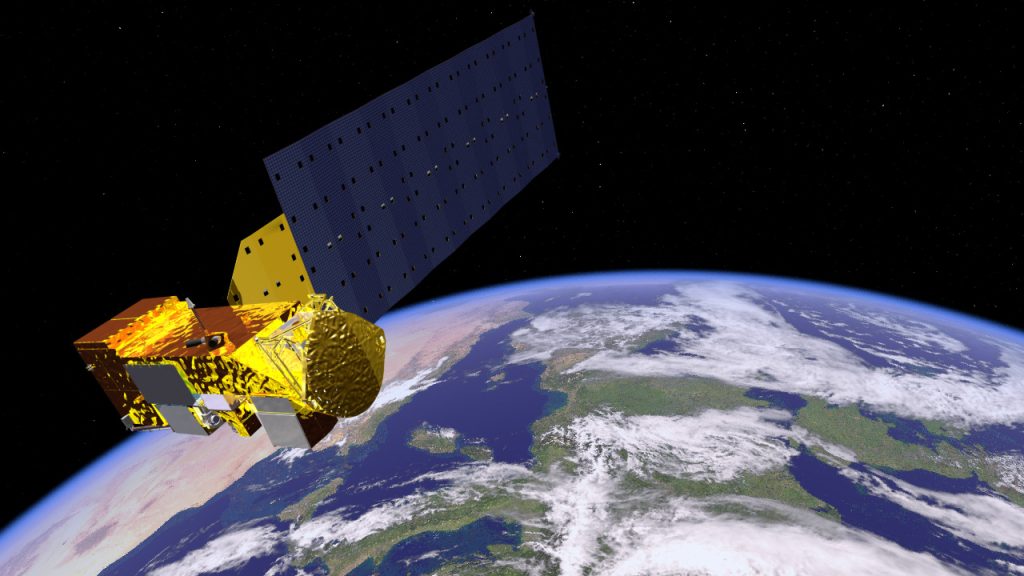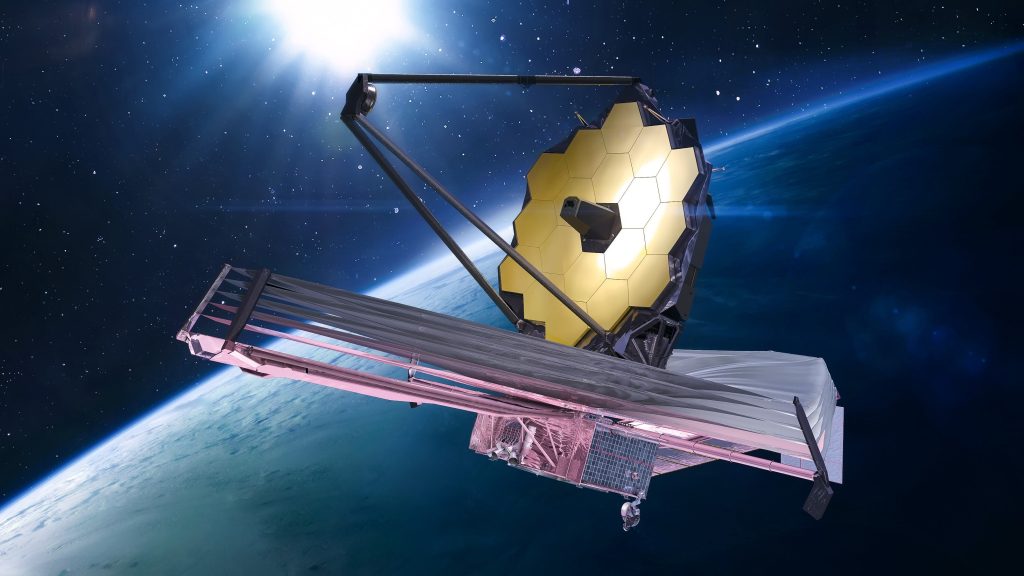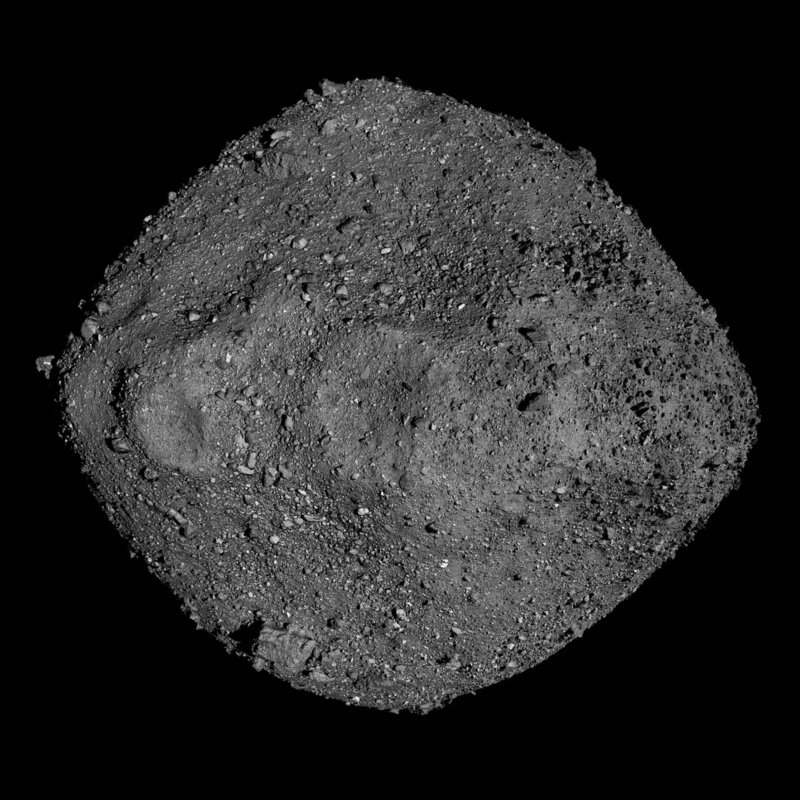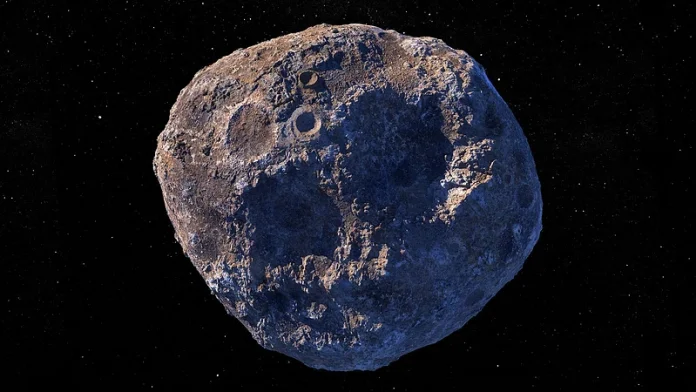
Could one asteroid redefine the boundaries of planetary defense? That question now looms large as asteroid 2024 YR4 makes its transition from a dismissed Earth threat to one of the most significant lunar impact probabilities ever recorded. The implications reach far beyond the Moon’s surface to the safety of satellites, planned lunar bases, and growing infrastructure in cislunar space.

1. From Earth Hazard to Lunar Threat
First detected on December 27, 2024, by the ATLAS telescope in Chile, 2024 YR4 initially carried a 3.1% chance of striking Earth in 2032-a Torino Scale Level 3 alert not seen since Apophis in 2004. Within weeks, refined measurements reduced the Earth impact probability to 0.001%, but recalculations revealed a 4.3% chance of a direct lunar impact </b on December 22, 2032. That figure ranks among the highest lunar impact probabilities in recorded observation history, prompting agencies to reassess the scope of planetary defense.

2. Dynamics of Possible Impacts on the Moon
At about 60 meters in diameter, YR4 would strike with an impact energy of about 6.5 megatons of TNT, digging out a crater roughly one kilometer across. Modeling by Dr. Paul Wiegert’s team suggests that as much as about 100 million kilograms of rock fragments could be thrown into cislunar space by such an event. Since debris would exceed the Moon’s escape velocity, up to 10% could reach the Earth orbital environment within days, therefore extending the hazard period for satellites and lunar missions over several days.

3. Orbital Debris Hazards in Cislunar Space
Unlike fine dust, the debris spectrum from a lunar impact would range from millimeter-sized grains to meter-scale fragments. The millimeter-scale particles, moving faster than a bullet, could deliver a decade’s worth of micrometeoroid impacts in mere days onto satellites. While low Earth orbit spacecraft are built for an occasional small strike, such a concerted barrage could degrade solar arrays, damage sensors, and shorten operational lifespans. The Lunar Gateway and surface habitats would face direct exposure with no atmospheric shield to mitigate incoming debris.

4. Precision Tracking with James Webb
The infrared measurements of the James Webb Space Telescope confirmed on March 26, 2025, the size of YR4 and enhanced trajectory predictions by a factor of 20%. Infrared observation bypasses uncertainties tied to surface reflectivity and narrows possible impact coordinates and debris dispersal patterns. In any case, YR4 has now moved behind the Sun, creating an observation gap until its next close approach in 2028, a critical window for refining impact probability.

5. Detection Blind Spots and Upcoming Solutions
YR4’s approach from the Sun-facing side of Earth exposed the persistent blind spot in ground-based detection. ESA’s planned NEOMIR infrared space telescope, positioned at the Sun-Earth L1 point, could have detected YR4 a month in advance and thus provided more time for trajectory analysis. In a similar vein, NASA’s NEO Surveyor is scheduled for launch by 2027 to close this detection gap for objects as small as 20 meters.

6. Kinetic Impactor Technology and Lunar Defense
NASA’s DART mission proved that kinetic impactors can successfully change an asteroid’s trajectory, but lunar defense presents unique challenges. The Moon does not have an atmosphere, so even small fragments can impose serious risks to infrastructure. Concepts such as the Enhanced Kinetic Impactor propose assembling hundreds of tonnes of space rock from a near-Earth asteroid for delivery of a high-mass deflection strike-orders of magnitude more effective than classic kinetic impactors. Whether such a mission would be warranted depends on refined 2028 observations in the case of YR4.

7. Extending Planetary Defense to Cislunar Assets
As Dr. Wiegert pointed out, “We now have things worth protecting that are a bit further away from Earth.” The Artemis Accords and the forthcoming lunar bases make the Moon part of the operational domain of humanity, necessitating defense strategies beyond the immediate vicinity around Earth. This would involve coordinated protocols for rapid response, debris mitigation, and impact risk communication to satellite operators.

8. International Coordination and Policy Implications
The case of YR4 has unified NASA’s Planetary Defense Office, ESA’s NEOCC, and the International Asteroid Warning Network through their various responses. Beyond the technological preparedness, the event indicates that policy frameworks concerning lunar and cislunar hazards are required to ensure that mitigation decisions, whether in the form of deflection missions or operational stand-downs, are consensual at an international level.

If intervention is needed, the next opportunity to observe YR4 will be in 2028. For now, its trajectory stands as a sober reminder that planetary defense no longer merely involves just Earth but entails protection of the entire neighborhood wherein human activity will take place in space.


